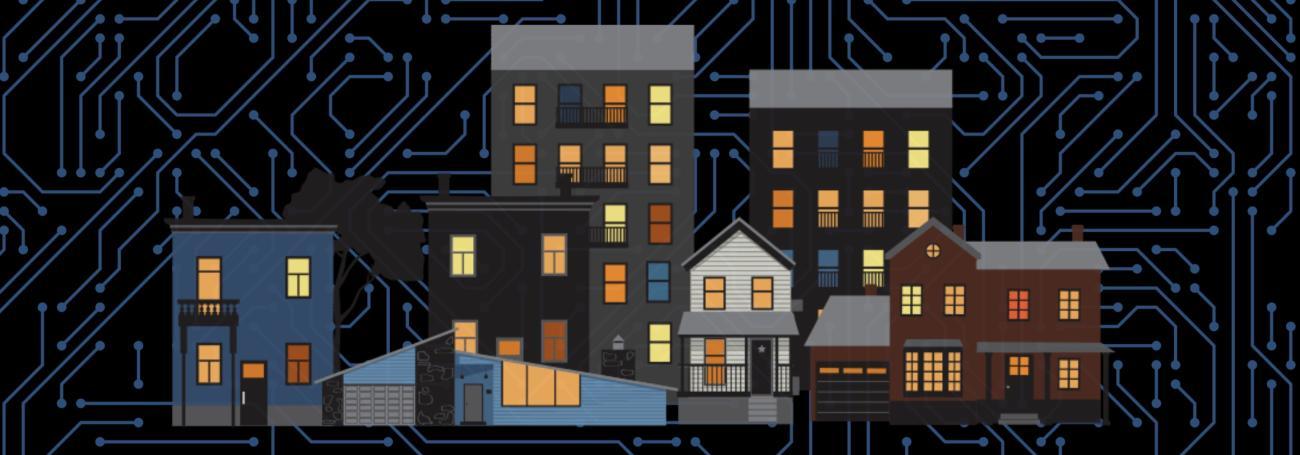Akalaonu, J.A. (2014). Online bullying doesn’t stop at the schoolhouse gates: schools, cyberbullying, and restorative justice. Loyola University of Chicago Law School: Education Law and Policy. (https://www.luc.edu/media/lucedu/law/centers/childlaw/childed/pdfs/2014studentpapers/Akalaonu.pdf)
Broadhurst, R.G. (2006). Developments in the global law enforcement of cyber-crime.
Policing: An International Journal of Police Strategies and Management 29(3):408–433. DOI:10.1108/13639510610684674.
Button, M., Nicholls, C.M., Kerr, J. and Owen, R. (2015). Online fraud victims in England and Wales: victims’ views on sentencing and the opportunity for restorative justice? Howard Journal of Crime and Justice 54(2):193–211. Https://doi.org/10.1111/hojo.12123.
Cheon, A. and Regehr, C. (2006). Restorative justice models in cases of intimate partner violence: reviewing the evidence. Victims & Offenders 1(4):369–394. DOI:10.1080/15564880600934138.
Council of Europe (2001a). Convention on cybercrime ETS 185. Strasbourg: Council of Europe.
Budapest Convention. (https://rm.coe.int/1680081561)
Council of Europe (2001b). Explanatory Report to the Convention on cybercrime ETS 185. Strasbourg: Council of Europe. (https://rm.coe.int/CoERMPublicCommonSearchServices/DisplayDCTMContent?documentId=09000016800cce5b)
Despres, H.W. (2017). A current and increasing problem of anti-social behavior via anonymity using electronic mediums demanding recognition as a biophsychosocial disorder that perpetuates criminal behavior online. MSc, Regis University, Denver. (https://epublications.regis.edu/theses/839)
Duggan, M. (2017). Online harassment 2017. Washington: Pew Research Center.
Duncan, S.H. and Brandeis, L.D. (2016). Cyberbullying and restorative justice. In: R. Navarro, S. Yubero and E. Larranaga (eds.) Cyberbullying across the globe: gender, family, and mental health, pp. 239–257. Cham: Springer.
European Institute for Gender Equality (2016). Glossary & Thesaurus: cyber harassment. Online. (https://eige.europa.eu/thesaurus/terms/1486)
European Parliament and Council (2012). Directive 2012/29/EU of the European Parliament and of the Council of 25 October 2012 establishing minimum standards on the rights, support and protection of victims of crime, and replacing Council Framework Decision 2001/220/JHA. EUR-Lex. (http://eur-lex.europa.eu/legal-content/EN/TXT/?qid=1402239606289&uri=CELEX:32012L0029)
European Parliamentary Research Service (2018). Victims of cyberbullying [What Europe does for you]. Online. (https://epthinktank.eu/2018/10/28/victims-of-cyberbullying-what-europe-does-for-you/)
Finn, J. (2004). A survey of online harassment at a university campus. Journal of Interpersonal Violence 19(4):468–83. Https://doi.org/10.1177/08862605032620837.
Fissel, E.R. and Reyns, B.W. (2020). The aftermath of cyberstalking: school, work, social, and health costs of victimization. American Journal of Criminal Justice 45(4):70–87. 10.1007/s12103-019-09489-1.
Halder, D. (2015). Cyber stalking victimisation of women: evaluating the effectiveness of current laws in India from restorative justice and therapeutic jurisprudential perspectives. Temida 18(3–4):103–130. DOI:10.2298/TEM1504103H.
Jones, L.M., Mitchell, K.J. and Finkelhor, D. (2013). Online harassment in context: trends from three Youth Internet Safety Surveys (2000, 2005, 2010). Psychology of Violence 3(1):53–69. Https://doi.org/10.1037/a0030309.
Koivisto, S. (2019). “The scariest thing was he’s just a regular Finnish guy”. Online. (https://yle.fi/aihe/artikkeli/2019/11/06/face-to-face-with-a-man-who-wished-an-asylum-seeker-would-kill-my-family-the)
Langos, C. (2012). Cyberbullying: the challenge to define. Cyberpsychology, Behavior and Social Networking 15(6):285–9. Doi: 10.1089/cyber.2011.0588.
MacMillan, M.J. (2015). 2014 Annual Report. Wright County Court Services. (https://www.co.wright.mn.us/Archive/ViewFile/Item/76)
Malby, S., Jesrani, T., Bañuelos, T., Holterhof, A. and Hahn, M. (2015). Study on the effects of new information technologies on the abuse and exploitation of children. Vienna: United Nations Office on Drugs and Crime.
March, F. and Wager, N.M. (2015). Restorative justice in cases of sexual violence: exploring the views of the public and survivors. Probation Journal 62(4) 62(4):336–356. DOI:10.1177/0264550515619571.
Reyneke, R.P. (2019). A restorative approach to address cyber bullying. In: M. Kowalczuk-Walędziak, A. Korzeniecka-Bondar, W. Danilewicz and G. Lauwers (eds.) Rethinking teacher education for the 21st century: trends, challenges and new directions, chap. 22, pp. 340–354. Leverkusen: Verlag Barbara Budrich.
Riestenberg, N. (2014). Restorative group conferencing and sexting: repairing harm in Wright County. Online. (https://cyberbullying.org/restorative-group-conferencing-and-sexting)
Rietman, M. (2017). Effectiveness of restorative justice practices: an overview of empirical research on restorative justice practices in Europe. Online. (https://www.euforumrj.org/sites/default/files/2019-11/a.2.7.-effectiveness-of-restorative-justice-practices-2017-efrj.pdf)
Sheridan, L.P. and Grant, T. (2007). Is cyberstalking different? Psychology, Crime and Law 13(6):627–640. Https://doi.org/10.1080/10683160701340528.
Short, E., Guppy, A., Hart, J.A. and Barnes, J. (2015). The impact of cyberstalking. Studies in Media and Communication 3(2):24–30. DOI:10.11114/smc.v3i2.970.
Slonje, R. and Smith, P.K. (2008). Cyberbullying: another main type of bullying? Scandinavian Journal of Psychology 49(2):147–154. Https://doi.org/10.1111/j.14679450.2007.00611.x.
Stalking Prevention, Awareness, and Resource Center (2018). Stalking & intimate partner violence: fact sheet. Online. (https://www.stalkingawareness.org/wp-content/uploads/2018/11/Stalking-IPV-Fact-Sheet.pdf)
Tynes, B.M., Rose, C.A., Hiss, S., Umaña-Taylor, A.J., Mitchell, K. and Williams, D. (2016). Virtual environments, online racial discrimination, and adjustment among a diverse, school-based sample of adolescents. International Journal of Gaming and Computer Mediated Simulations 6(3):1–16. Doi:10.4018/ijgcms.2014070101.
UNICEF (2022). Cyberbullying: what is it and how to stop it. What teens want to know about cyberbullying. Online. (https://www.unicef.org/end-violence/how-to-stop-cyberbullying)
United Nations Office on Drugs and Crime (2019). Obstacles to cybercrime investigations. E4J University Module Series: Cybercrime Module 5: Cybercrime Investigation. (https://www.unodc.org/e4j/en/cybercrime/module-5/key-issues/obstacles-to-cybercrime-investigations.html)
Van der Aa, S. (2011). International (cyber)stalking: impediments to investigation and prosecution. In: R.M. Letschert and J.J.M. van Dijk (eds.) The new faces of victimhood: globalization, transnational crimes and victim rights, Studies in Global Justice No. 8, pp. 191–213. Dordrecht: Springer.
Ybarra, M.L. and Mitchell, K.J. (2004). Youth engaging in online harassment: associations with caregiver-child relationships, internet use, and personal characteristics. Journal of Adolescence 27(3):319–36. Doi:10.1016/j.adolescence.2004.03.007.


